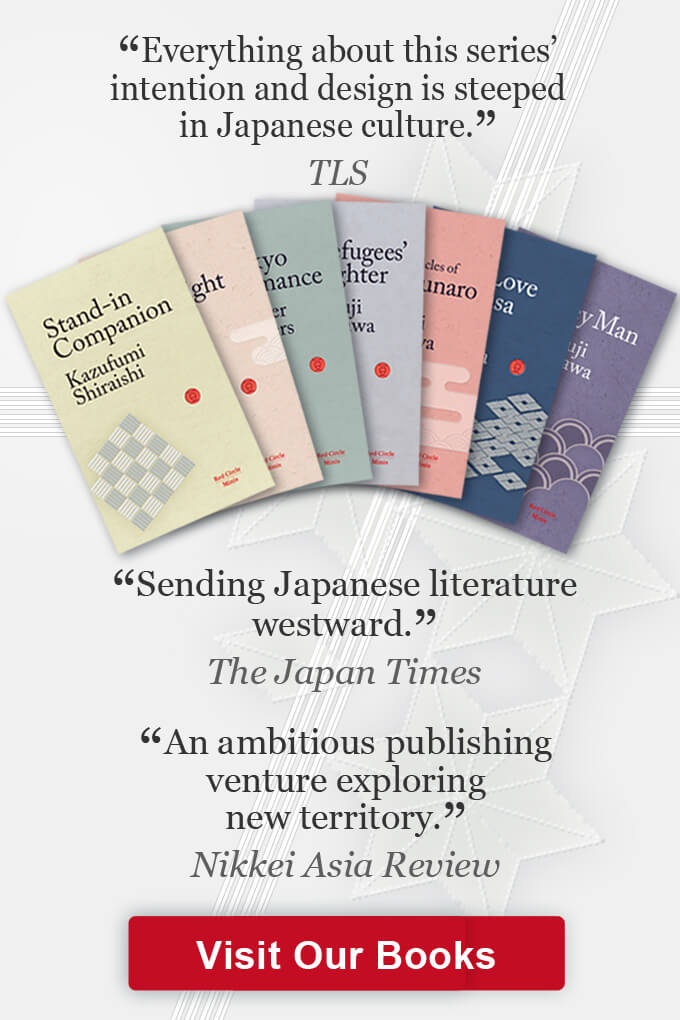Papermaking arrived in Japan via Korea from China in 610 when Japan was ruled by Shotoku Taishi (574-622), an important historical figure in Japan and still admired today as one of Japan’s early pioneers and modernisers.
The so-called Prince of Holy Virtue, a regent and author, is credited with many things including developing Japan’s first set of laws, establishing Japan’s first national library, authoring Japan’s oldest book, the Hokekyo gisho, as well as helping create Japan’s book loving culture.
He did many things, but his encouragement of the development of papermaking, through which he aimed to promulgate Buddhism in Japan, acted as facilitator for much of what he achieved and importantly led to the lasting records of his achievements surviving until today.
Paper was required for copying Buddhist texts. Initially, according to Kiyofusa Narita (1884-1979) Director of the Paper Museum in Tokyo and a former executive of Oji Paper Company Limited, the paper made using the newly imported methods was too brittle for this use and new approaches to papermaking were required using the bark of Kozo (paper mulberry) trees.
The term Kozo is a loose one that can in fact be used to describe at least three different plants whose inner bark are used in traditional Japanese papermaking.
This innovative enhancement is sometimes credited to the Prince himself who also encouraged the cultivation of Kozo trees in Japan.
These and new subsequent innovations and enhancements led to the development of Washi, Japanese paper, which is now famous around the world, and is said in some of its forms to last over a thousand years.
It is held in high regard by artist and artisans, Rembrandt (1606-1669) is even said to have created works using Japanese paper.
Some of the Buddhist charms, that were mass produced and printed under the Prince’s guidance and placed in pagodas and temples in Japan to bring peace to the nation, are regarded by experts to be some of the oldest, if not the oldest, printed matter extant in the world.
UNESCO, in 2014, included Japanese handmade paper, Washi, to its list of the intangible cultural heritage of humanity. This recognition would be something hard for Shotoku Taishi to fathom, but if it were explained to him, he would no doubt be delighted by the recognition.

